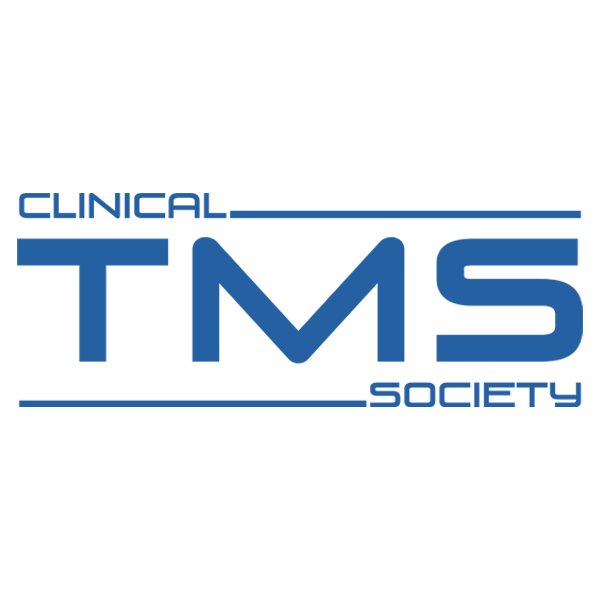
Fri, 02/10/2023 - 17:13
This clarification statement on different types of TMS was produced by the Clinical Standards Committee and supported by the CTMSS Board of Directors.
Types of TMS
Transcranial magnetic stimulation (TMS) is a non-invasive form of brain stimulation that uses electromagnetic induction to create electrical current in specific brain areas. This technology is used in research as well as in clinical care. It can be used for many purposes including providing real-time information about the state of the brain and providing treatment for various health conditions.
As this technology has multiple uses, we would like to clarify the definition of terms to help ensure that society members, trainees, and the general public have a clear understanding of transcranial magnetic stimulation.
Repetitive TMS (rTMS)
rTMS is currently the most widespread form of TMS for clinical applications. In rTMS, magnetic pulses are delivered in a rapid series or “train.” When rTMS is used, multiple single-pulse stimuli are presented at a specific frequency, intensity, and time duration. Repetitive TMS also includes Deep TMS™ (dTMS), a trademarked term from a TMS device company.
Single Pulse TMS (spTMS)
One electromagnetic pulse is applied no faster than once every few seconds. SpTMS is most commonly used to examine connections in the motor areas of the brain.
Paired pulse TMS (ppTMS)
As a tool in research, paired pulse TMS uses 2 pulses applied out of phase to inhibit or excite brain cells within the same hemisphere or to inhibit brain cells in one hemisphere while exciting them in the other hemisphere.